Mini Snakes: Try These 6 Small Snake Plant Varieties For A Cute And Compact Indoor Plant
You love the drama and structure of a snake – but what if you don’t have much indoor space? These small snake plant varieties are ideal for mini pot perfection
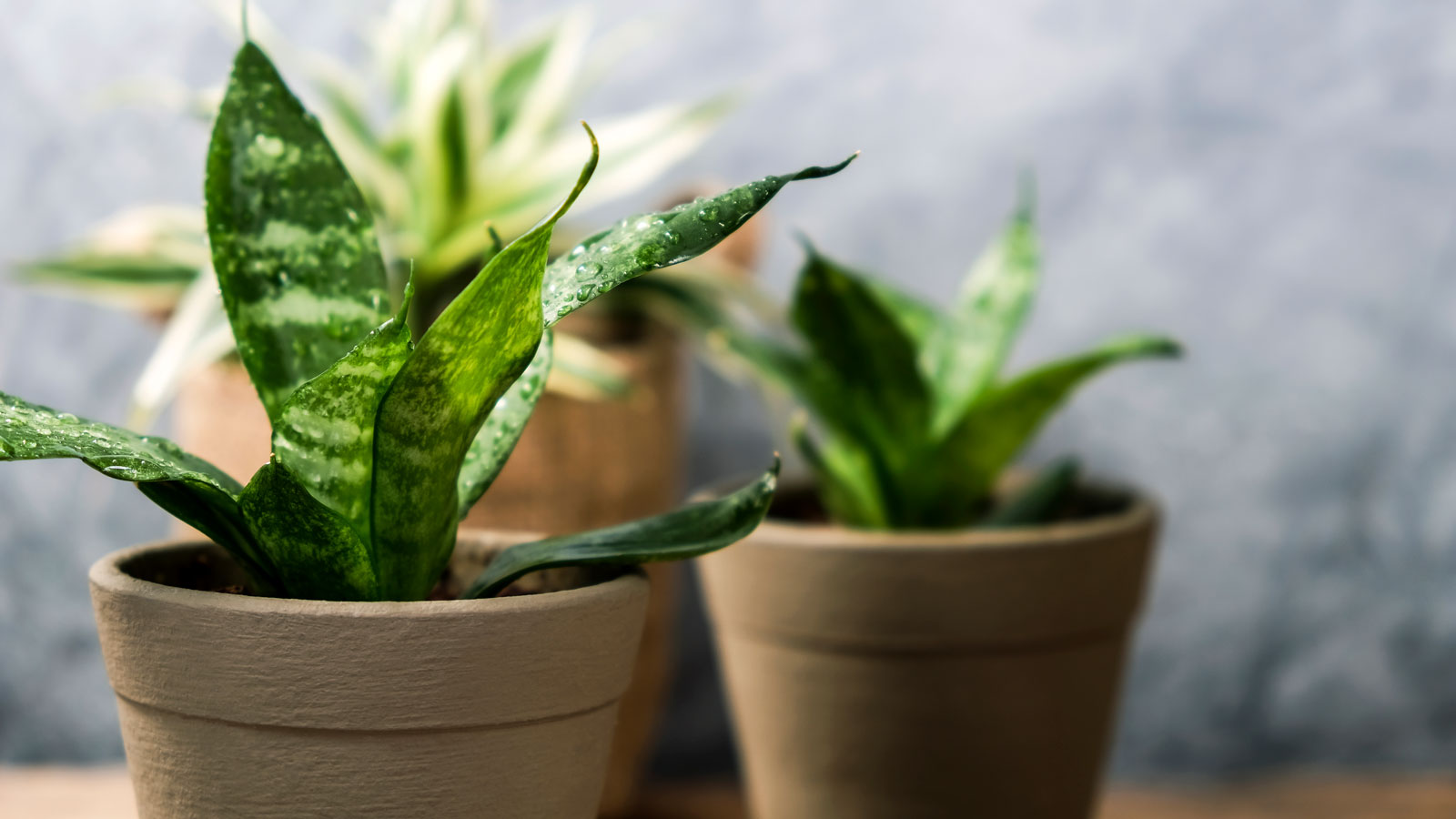

Janey Goulding
The snake plant is a highly unusual houseplant – and not just because of its amusing and slightly bizarre names (mother-in-law’s tongue or viper’s bowstring hemp, anyone?). Its stiff, upright leaves can dominate a room, but what if you’re after something a little smaller? Fortunately there are plenty of small snake plant cultivars perfectly suited to more compact dwellings and modest apartments. So if your houseplant tastes are less grandiose or gargantuan, you’re sure to love these super cute small snake and dwarf snake plant varieties…
Choosing the Best Small Snake Plant Varieties
Standard snakes can reach fairly formidable heights over time. The specimen plant can grow to several feet high, depending on the cultivar and plant care. That said, there are teeny-weeny options out there, and searching for the smallest snake plant breeds isn’t that tricky.
There are several breeds that cater for indoor gardeners who are limited in space or just after something a little bit novelty. These miniature snake plant varieties can be grown as specimens or in groupings. Furthermore, their snake plant care needs are just as straightforward as their more majestic counterparts.
1. Black Robusta
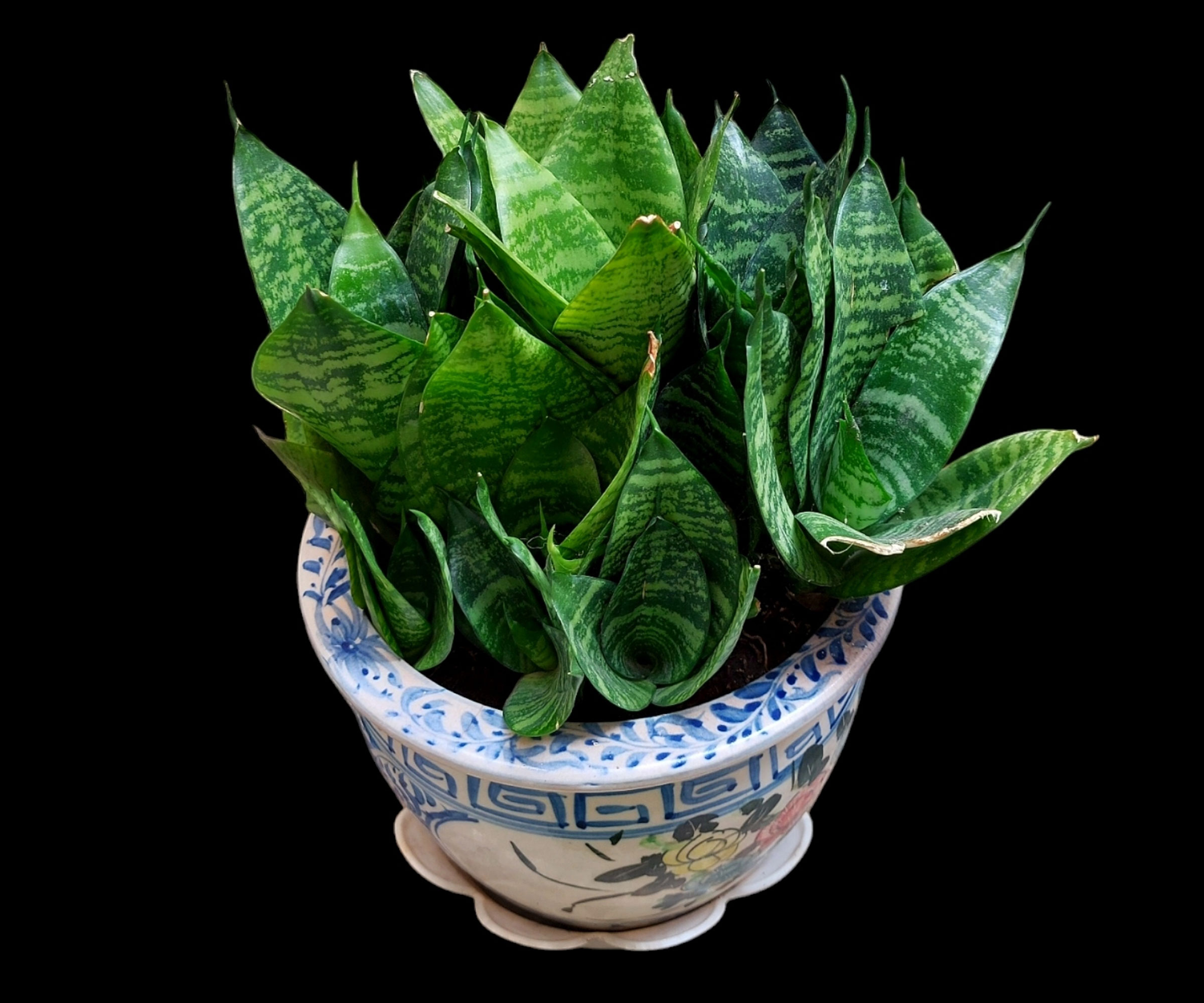
Black Robusta is a shorter cultivar of the species snake plant (Sansevieria trifasciata). It offers attractive variegated leaves – dark green with greyish bands and silver flecks. Planted outdoors, these snake plants form colonies and grow up to two feet (.6m) wide.
Native to arid areas, they prefer sandier composts with a neutral pH. They will quickly become some of your favorite houseplants in spots, especially in spots where light is relatively low.
2. Dwarf Laurentii
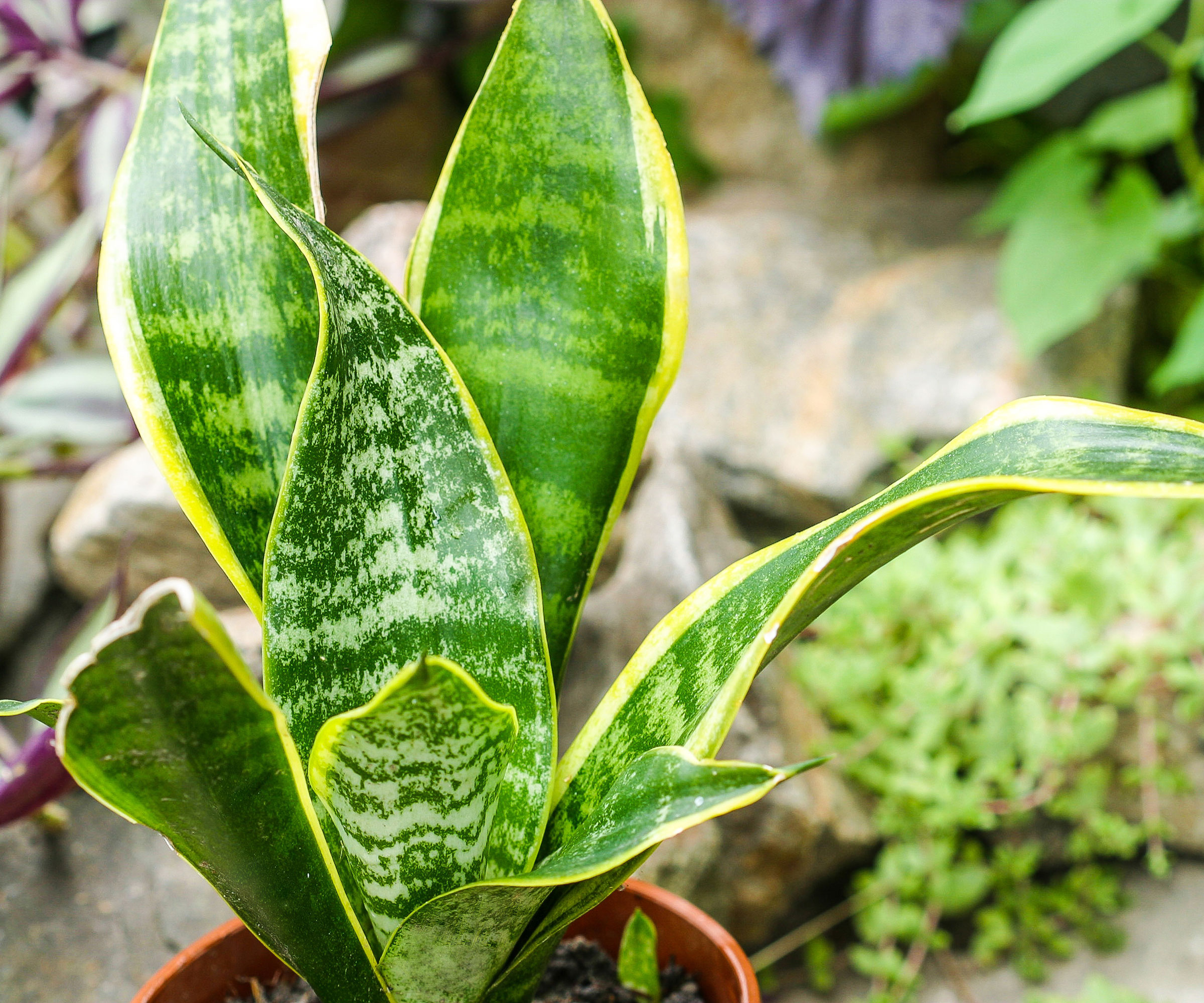
Dwarf Laurentii is also a small mother-in-law tongue plant, and another dwarf version of Sansevieria trifasciata. Its wide, stiff sword-shaped leaves don't grow above six inches (15cm) tall, and present as forest green foliage with yellow margins and lighter banding.
While these snakes can form the basis of perfect houseplant combinations for every room, they prefer warmer temperatures (above 50°F/10°C). They are also happiest in a sandy, well-drained potting mix.
Gardening tips, videos, info and more delivered right to your inbox!
Sign up for the Gardening Know How newsletter today and receive a free copy of our e-book "How to Grow Delicious Tomatoes".
3. Black Star
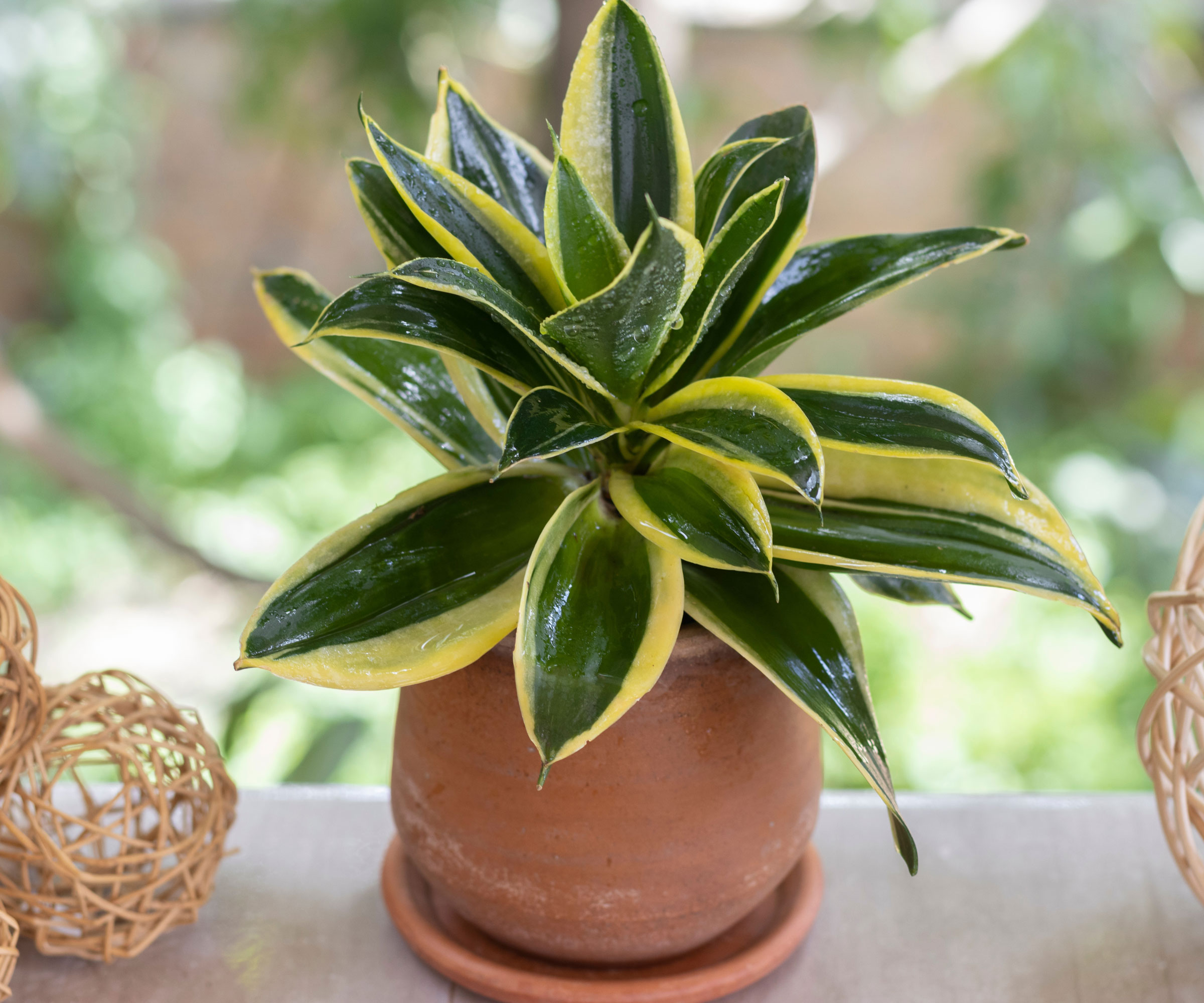
The leaves of the Black Star cultivar (Sansevieria trifasciata) are very dark green and exceptionally attractive with their golden yellow margins. Furthermore, the foliage presents as thick and glossy.
Black Star is a striking choice if you want small indoor plants for low light areas. This cultivar is not technically a miniature snake plant but it grows very slowly, topping out at about 1.5 feet (45cm) tall.
4. Golden Hahnii
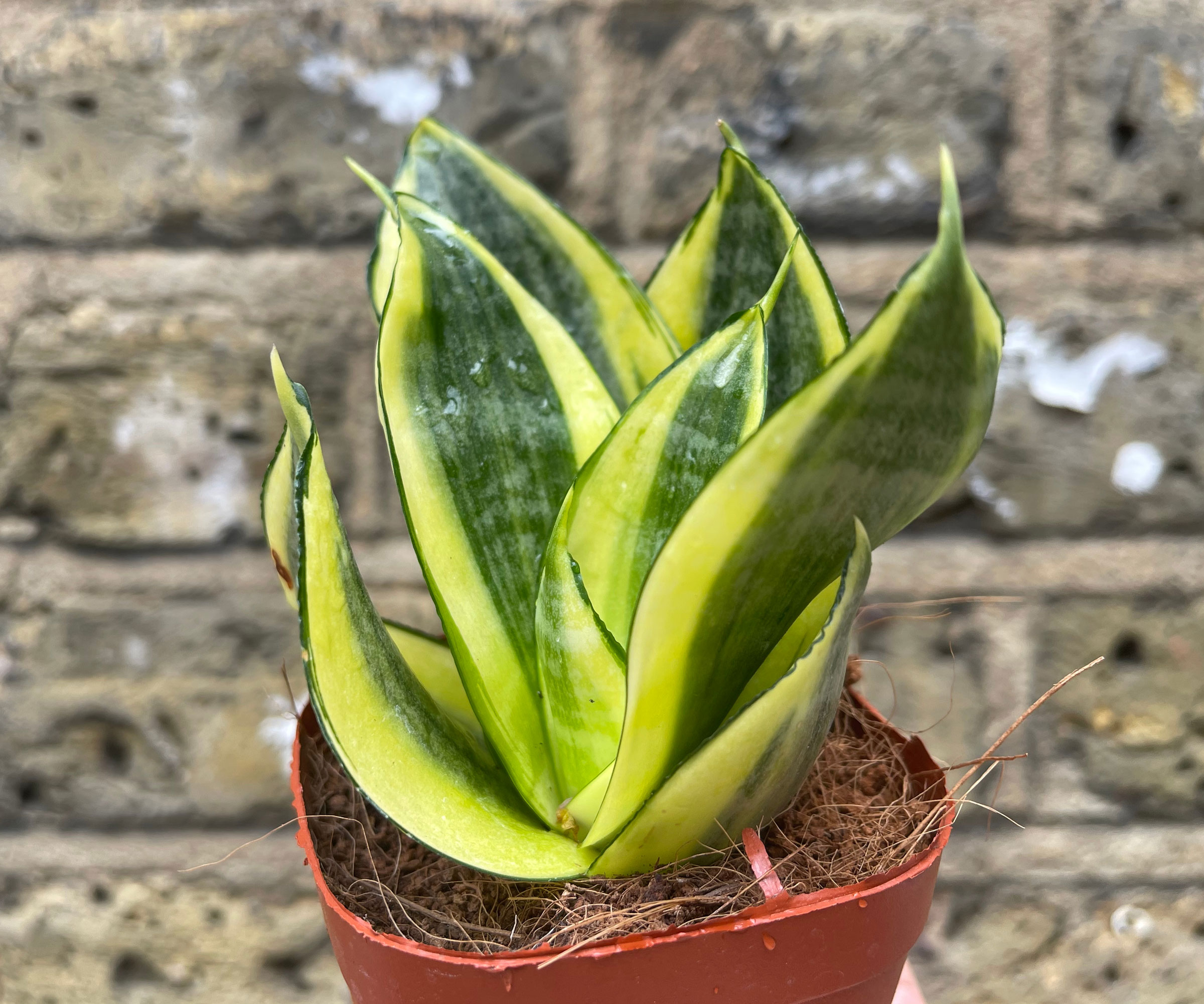
You want a dwarf snake plant? Hahnii (also known simply as the Bird’s Nest) is one of the smallest snake plants available in the species group (Sansevieria trifasciata). In its most compact form, it presents with a pleasing cupped rosette of spikes, growing about six inches (15cm) tall.
It’s the perfect small low-light houseplant, with stiff elliptic leaves that look just like those of the species plant. Foliage is dark green with light green and yellow banding. Blossoms are small and green and white.
5. Samurai Dwarf
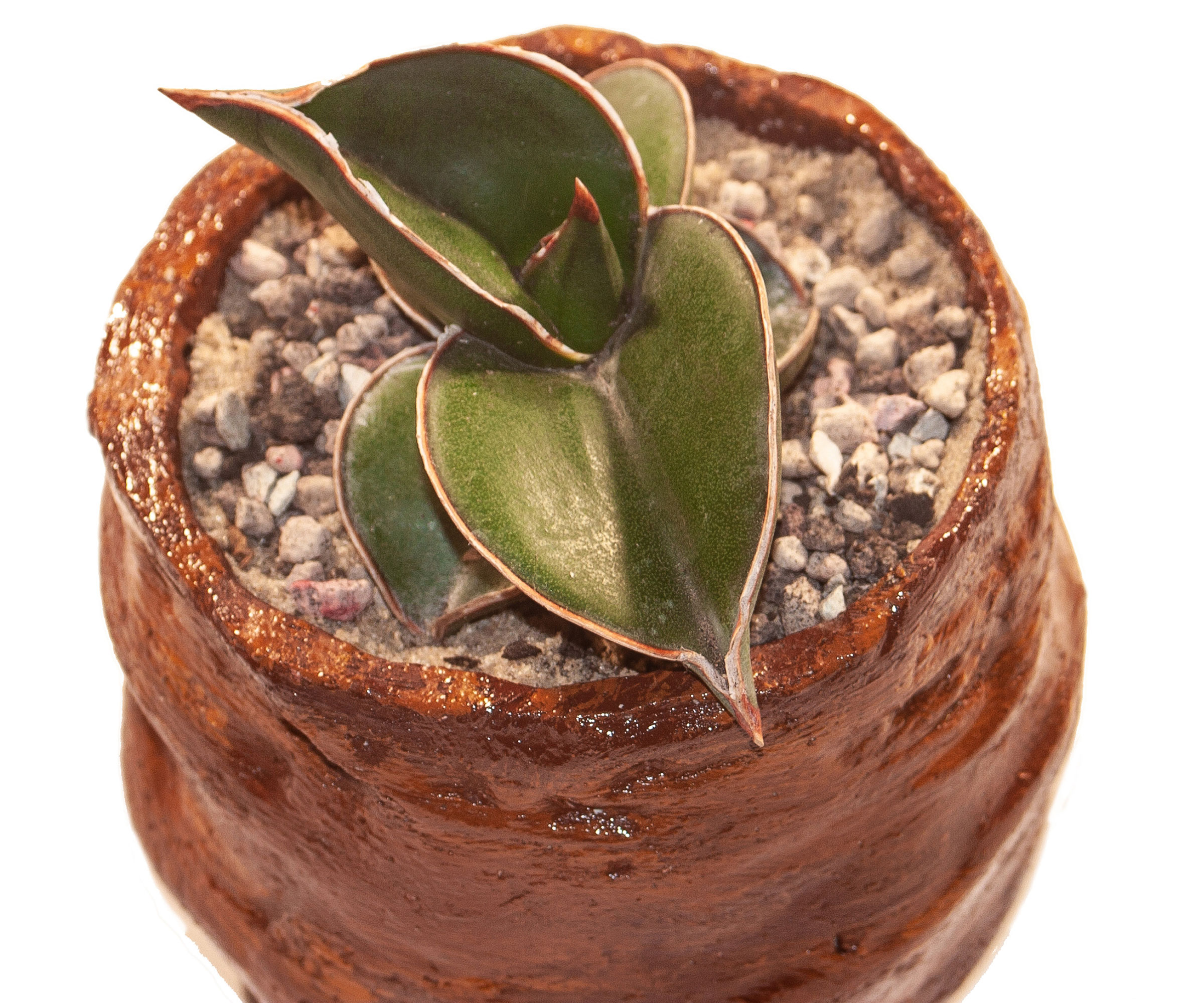
Sansevieria ehrenberghii is another variety of snake plant, often referred to as blue sansevieria. It is an evergreen succulent, native to tropical Africa, with blue-green leaves that can rise to five feet (1.5m) tall. Each leaf is one inch (2.5cm) wide with a groove along its entire length, and the foliage forms a loose fan shape.
Distinctive to this type, the edges have a very narrow creamy border that only serves to accentuate the fleshy nature of the leaves. Blossoms are tube-shaped and cream-colored and appear in loose clusters. Samurai Dwarf grows to just six inches (15cm) high.
6. Silver Blue
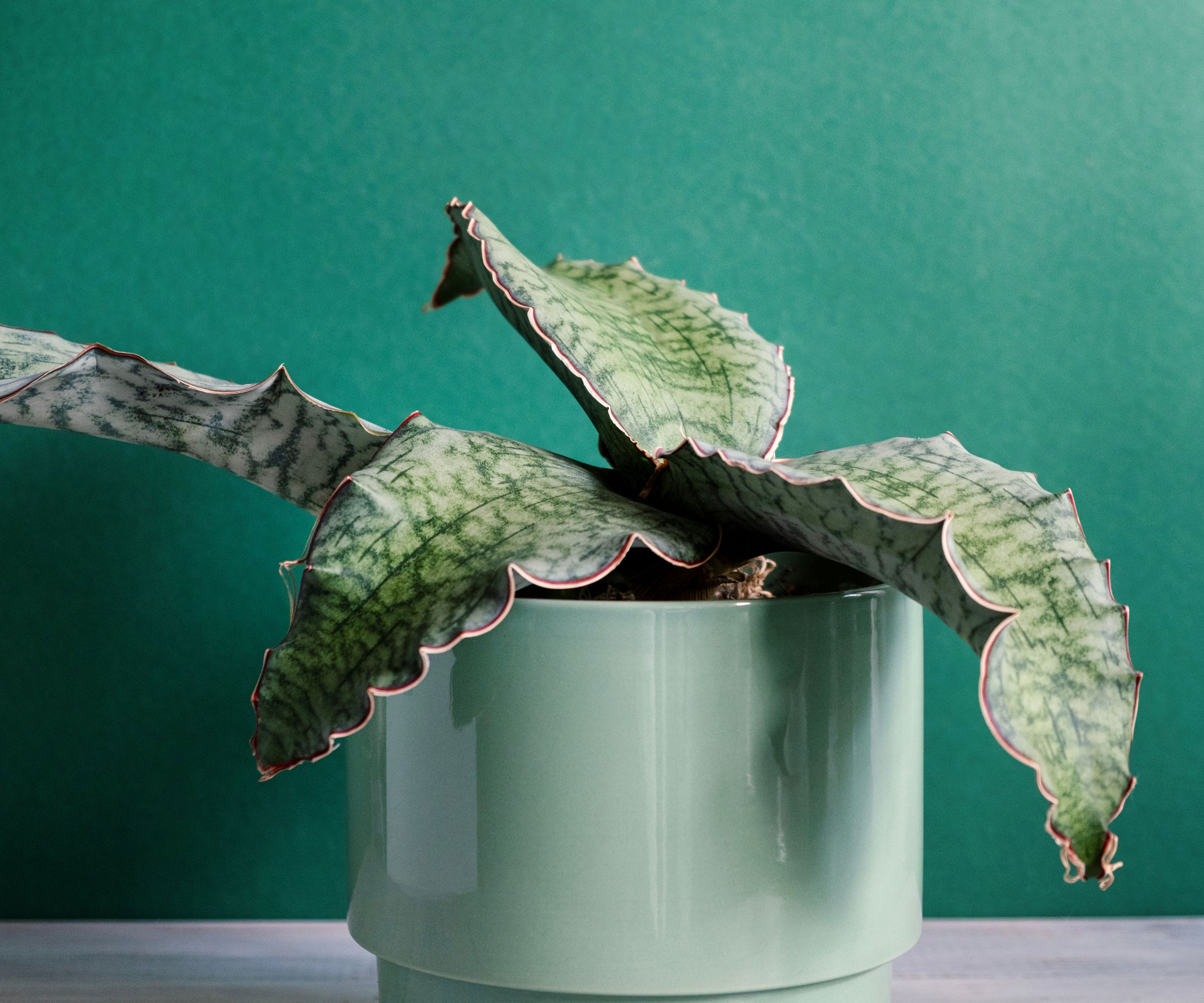
Sansevieria kirkii is another variety of the snake plant, also native to tropical Africa. And for those who like their snake plants on the short side and super chunky, this diminutive darling is quite the spectacle. Generally, leaves are dark grey-green with white patterns and can top out at about three feet tall (1m).
Cultivar Silver Blue is about one-sixth of the height of the species plant, topping out at six inches (15cm) with wavy leaf margins and a bluish cast. Kirkii cultivars are ideal for snake plant propagation, so you can easily dot those mini blue beauties around the house.
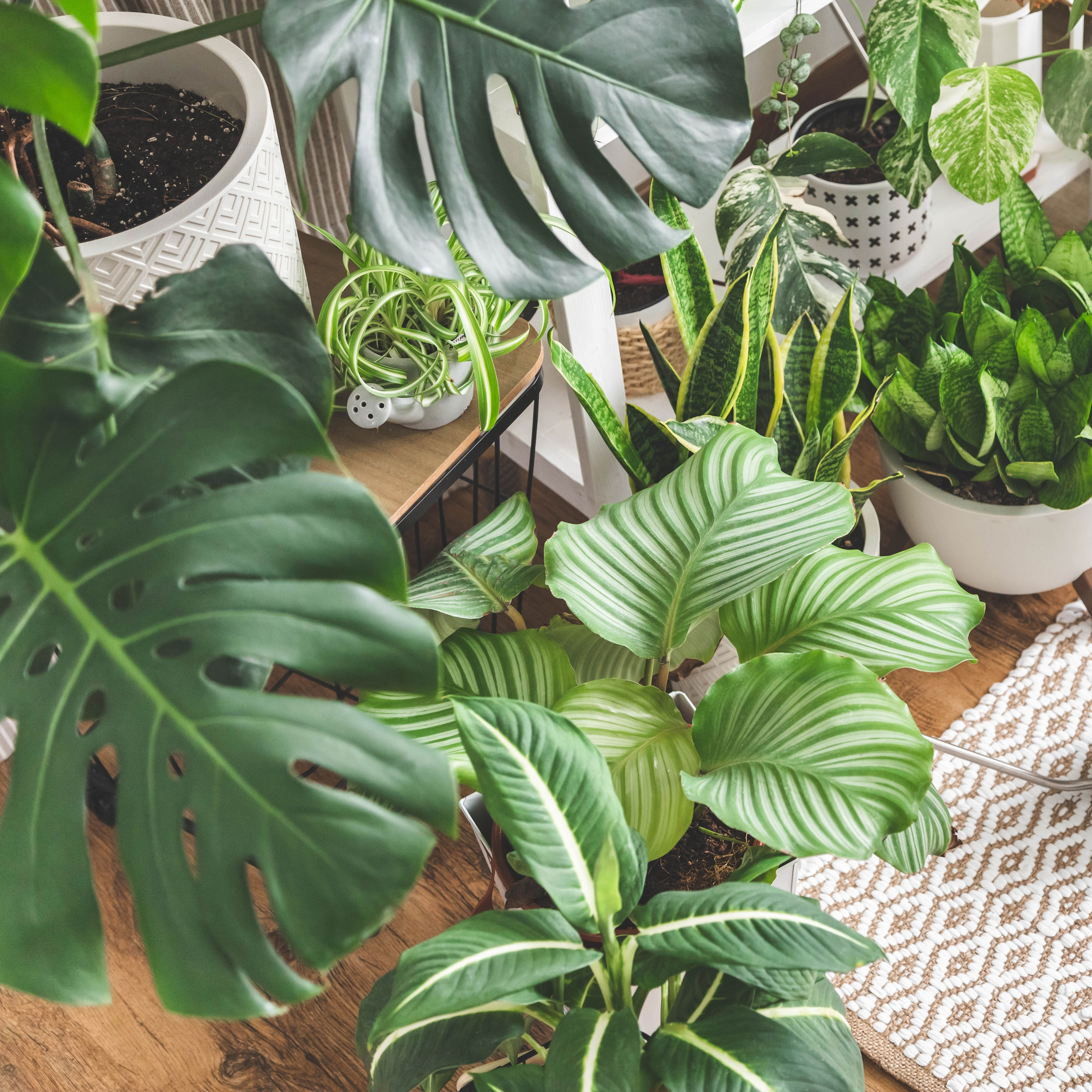
Fancy some mini monsteras or teensy elephant ears? Check out our curated collection of small (and not so small!) wonders in the GKH shop.
Other Great Houseplant Ideas
- Want more small-scale houseplants that can make a big impression? Find out about some easy and extraordinary houseplant varieties to fill your interior spaces.
- Interior trendsetters looking for the next big thing? Our roundup of the hottest houseplants of the year offers oodles of indoor inspiration.
- Love your houseplants but short on time? Try these hard to kill houseplants to fill your home with low-maintenance loveliness.
- Fed up of all the potting mix that accumulates around your indoor plants? Read our guide to growing houseplants in water for happy hydroponic houseplants.
This article features products available from third party vendors on the Gardening Know How Shop.

Teo Spengler is a master gardener and a docent at the San Francisco Botanical Garden, where she hosts public tours. She has studied horticulture and written about nature, trees, plants, and gardening for more than two decades. Her extended family includes some 30 houseplants and hundreds of outdoor plants, including 250 trees, which are her main passion. Spengler currently splits her life between San Francisco and the French Basque Country, though she was raised in Alaska, giving her experience of gardening in a range of climates.
- Janey GouldingContent Editor
-
 Looking For Plants To Give You The Soft And Fuzzies? Try These 5 Fuzzy Leaf Plant Options
Looking For Plants To Give You The Soft And Fuzzies? Try These 5 Fuzzy Leaf Plant OptionsLovers of texture, drama, silver foliage and tactile plants will adore these special sensory garden additions. These fuzzy leaf plant options will leave you all aglow
By Susan Albert
-
 Get Ready For A Summer Of Hummers! Grow These Full Sun Hummingbird Plants and Flowers
Get Ready For A Summer Of Hummers! Grow These Full Sun Hummingbird Plants and FlowersIf you’re lucky enough to enjoy a sunny backyard, make sure you are maxing out on your pollinator opportunities and grow these full sun hummingbird plants and flowers
By Tonya Barnett
-
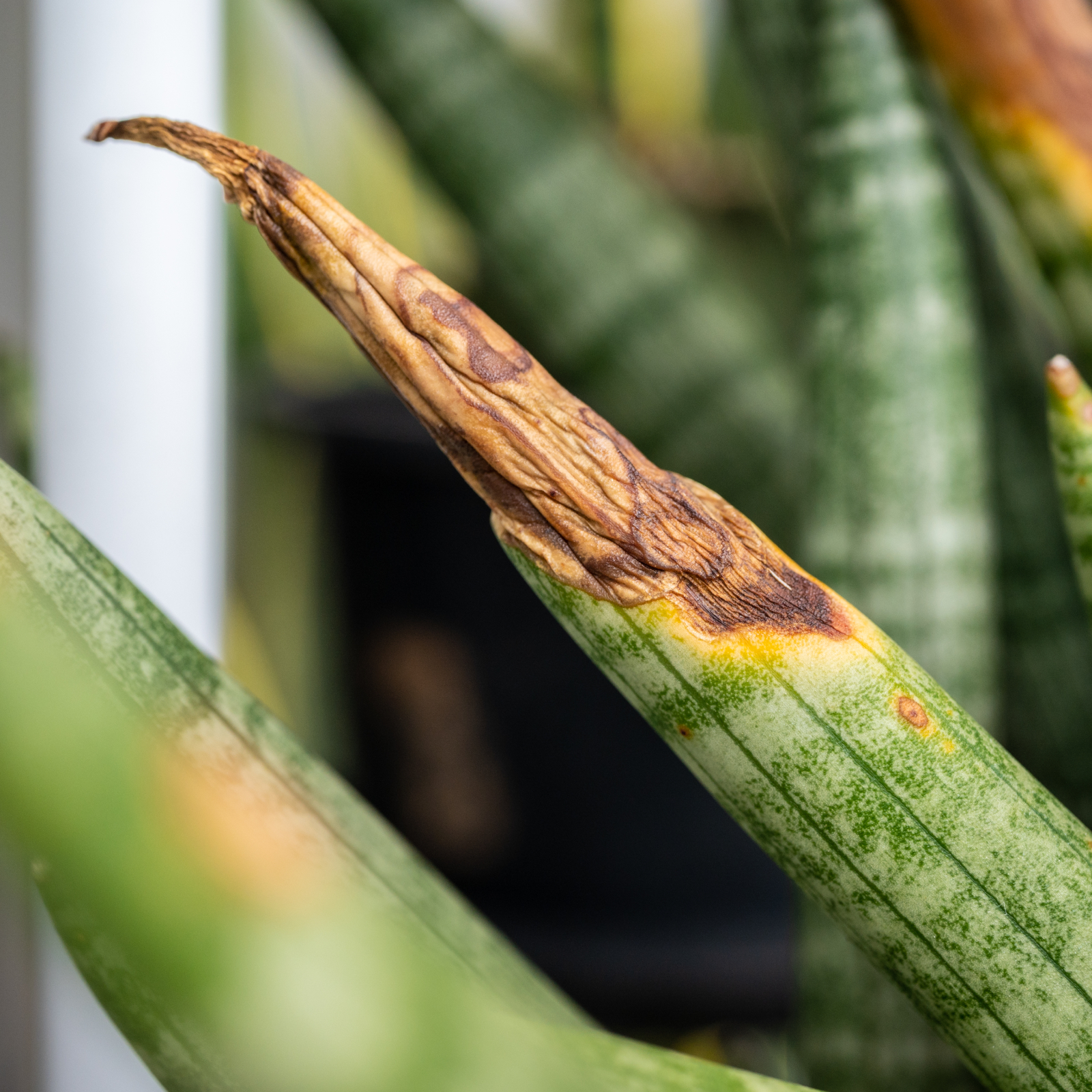 Help, My Snake Plant Is Mushy! Advice For Root Rot In Snake Plants
Help, My Snake Plant Is Mushy! Advice For Root Rot In Snake PlantsSnake plants are hardy houseplants, but they can be susceptible to root rot. Learn how to prevent and treat this common snake plant problem.
By Amy Grant
-
 Are Snake Plants Toxic To Dogs? Keep Your Pup Safe Around These Popular Houseplants
Are Snake Plants Toxic To Dogs? Keep Your Pup Safe Around These Popular HouseplantsSnake plants are incredibly popular houseplants because of their hardy nature, but are they dangerous to human's best friend? Learn how to keep your pup safe.
By Amy Grant
-
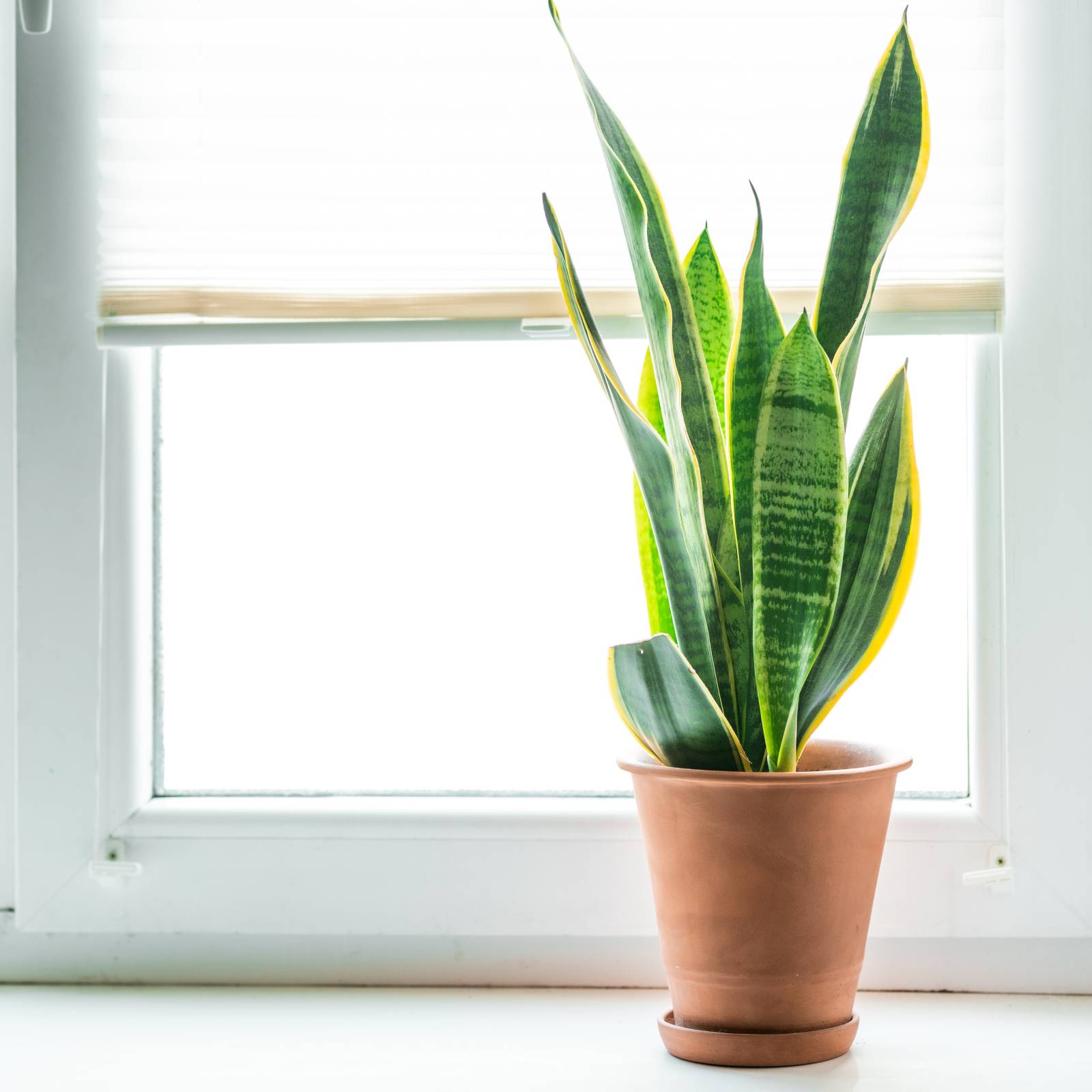 Snake Plant Getting Enough Light? Understanding Light Requirements And How To Adjust
Snake Plant Getting Enough Light? Understanding Light Requirements And How To AdjustSnake plant light requirements aren’t as stringent as for some houseplants, but the right lighting is important for their growth and well-being.
By Tonya Barnett
-
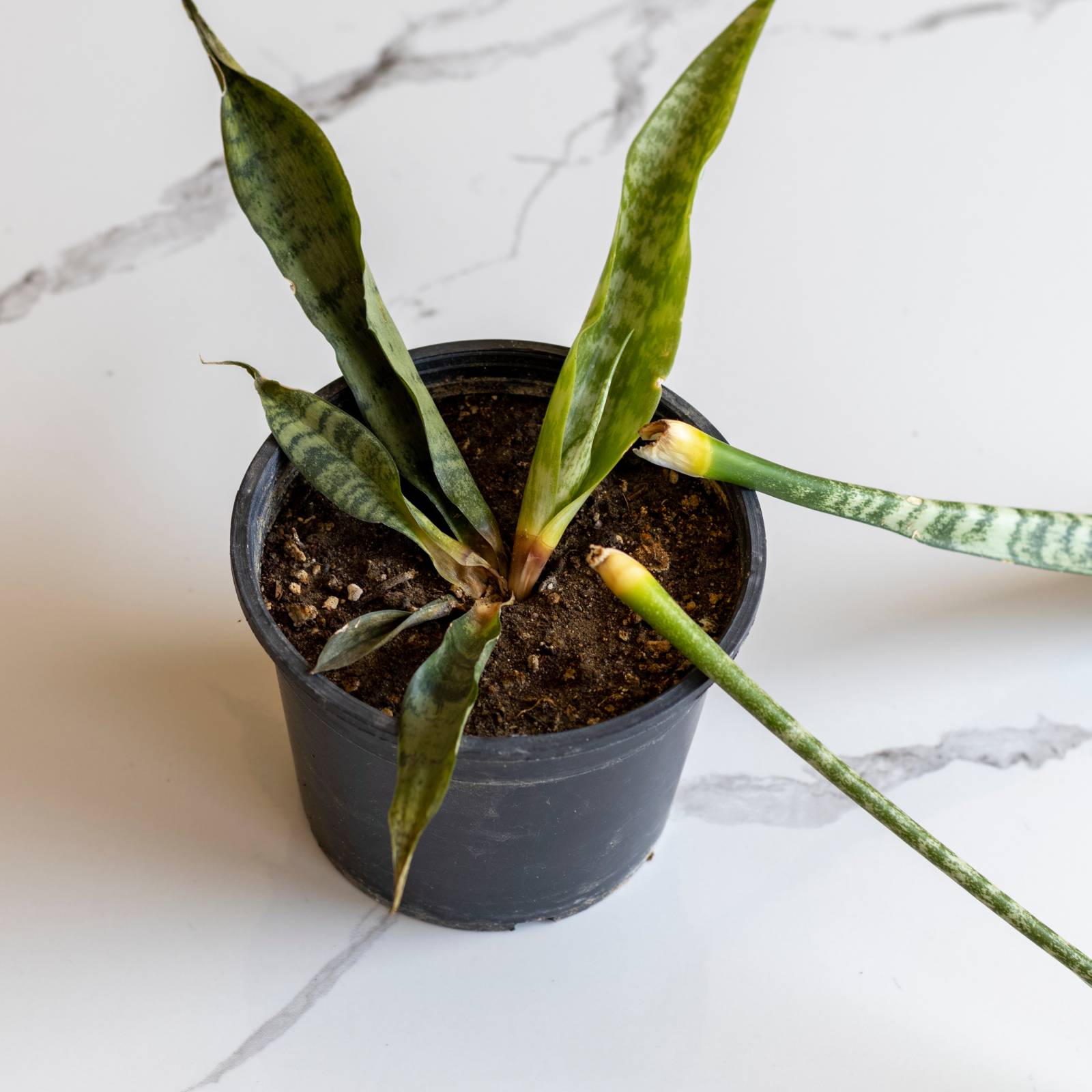 Telltale Signs Of An Overwatered Snake Plant – And How To Fix This Fatal Mistake
Telltale Signs Of An Overwatered Snake Plant – And How To Fix This Fatal MistakeBy Bonnie L. Grant
-
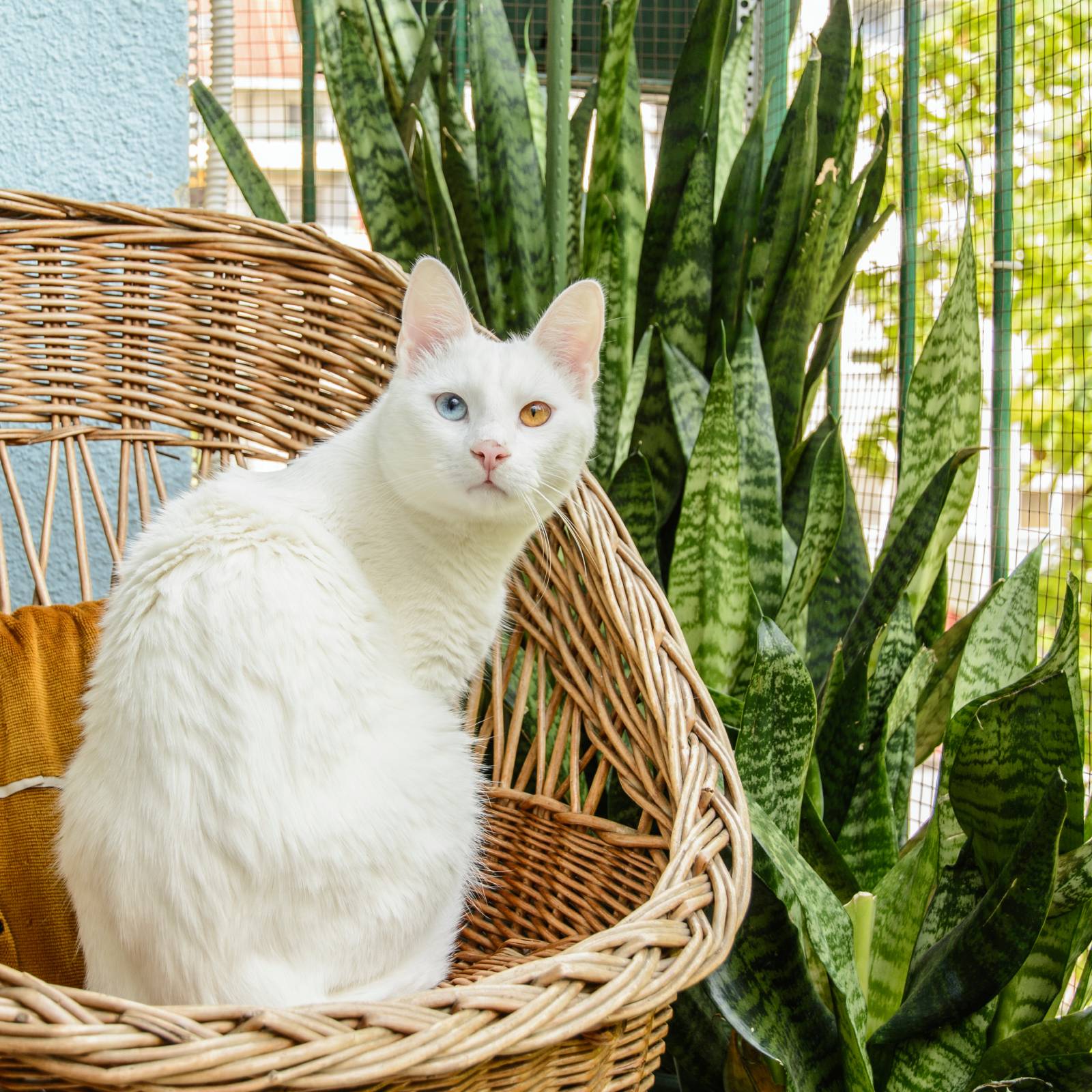 Are Snake Plants Toxic To Cats? Here’s How To Protect Your Felines And Avoid Trouble
Are Snake Plants Toxic To Cats? Here’s How To Protect Your Felines And Avoid TroubleAre snake plants toxic to cats? A good rule of thumb is to simply keep the plant where kitty can’t get to it.
By Mary Ellen Ellis
-
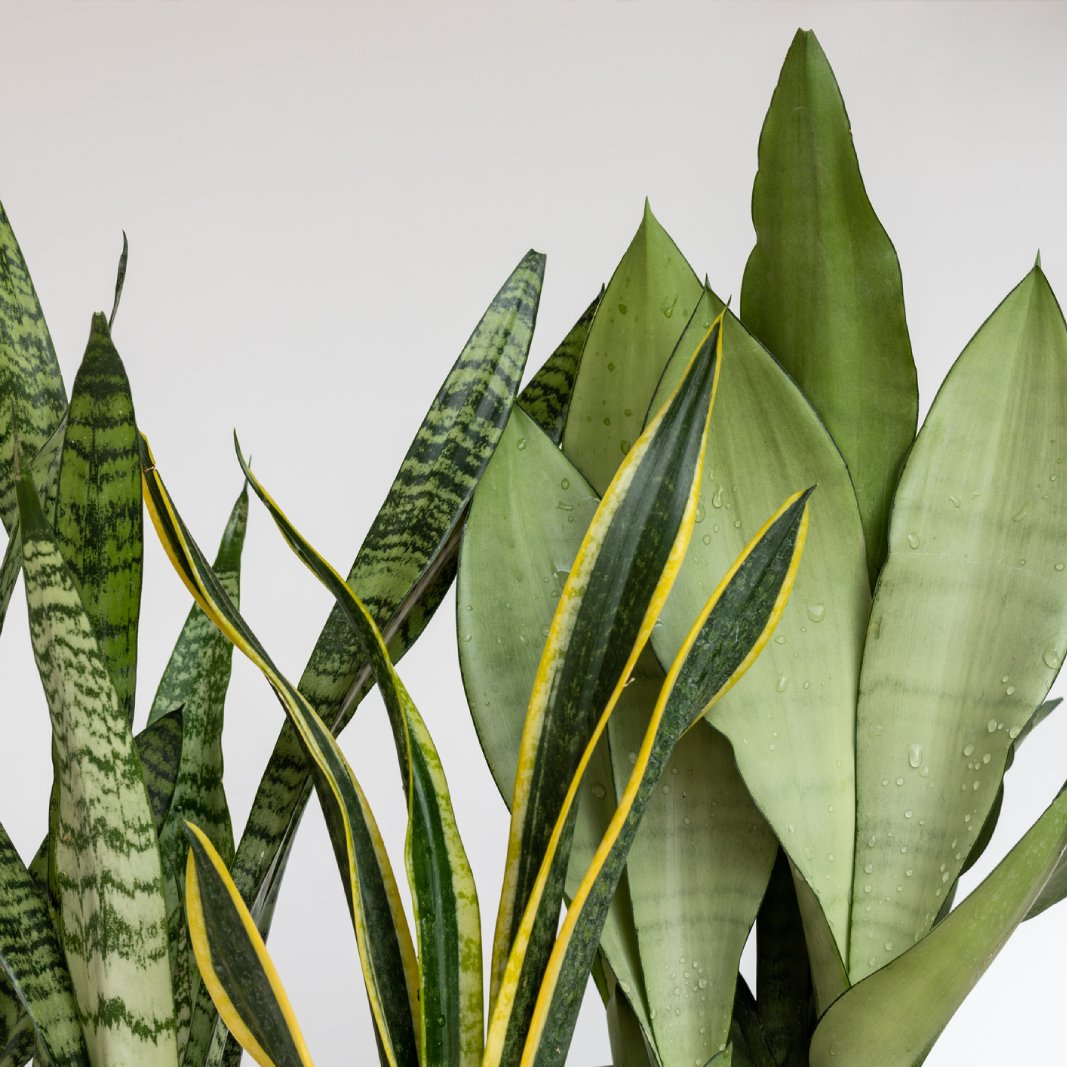 10 Snake Plant Varieties To Elevate Your Indoor Plant Collection
10 Snake Plant Varieties To Elevate Your Indoor Plant CollectionDon’t let the name fool you - snake plants are friendly, beautiful, and easy to grow. Here are 10 of my favorites you may not have heard of.
By Bonnie L. Grant
-
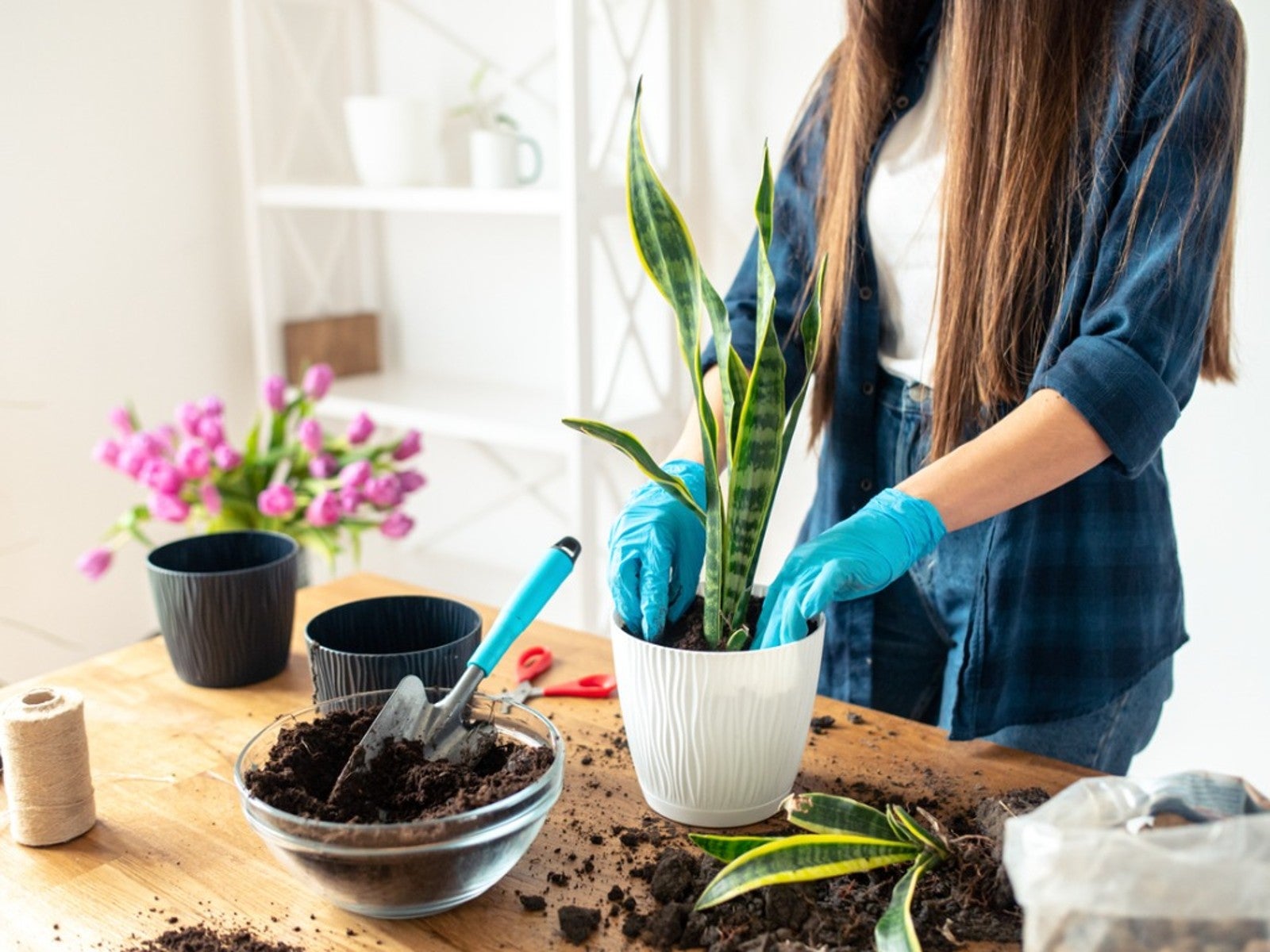 Tips For Transplanting A Snake Plant
Tips For Transplanting A Snake PlantSnake plants require very little care, which can make it difficult to judge if repotting one would be beneficial. Read on for tips.
By Laura Miller
-
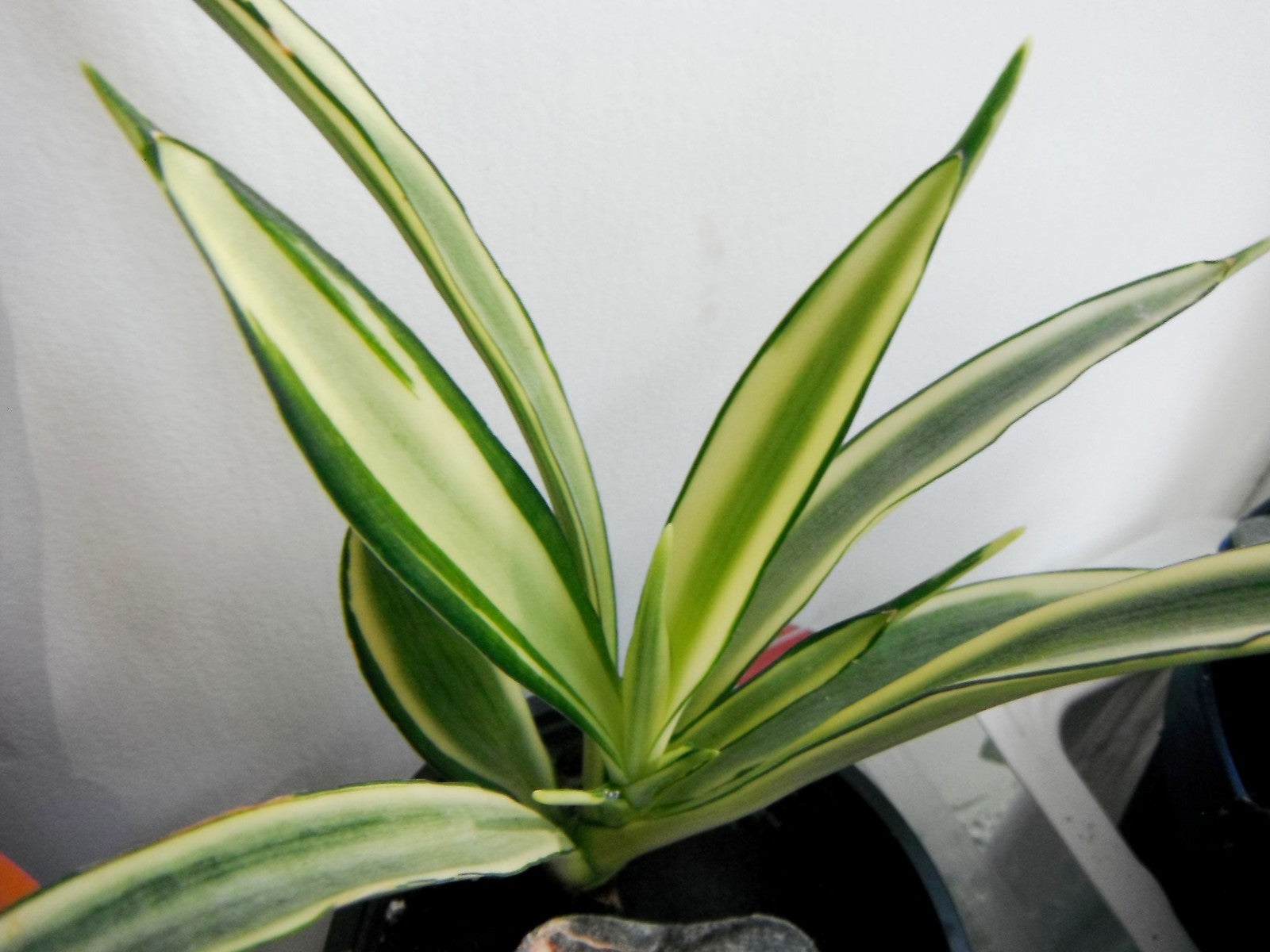 Care Of Kenya Hyacinth: Tips On Growing Flowering Sansevieria
Care Of Kenya Hyacinth: Tips On Growing Flowering SansevieriaKenya hyacinth is a pretty, little succulent that makes a great houseplant. It produces flowers irregularly and can be grown outdoors in hot, dry regions. Care of Kenya hyacinth is not difficult if you provide the right soil and don’t overwater. Learn more here.
By Mary Ellen Ellis